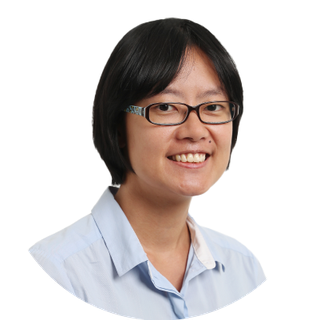Case numbers, global situation, testing, tracing to be considered in phased re-opening: Gan

IN the phased re-opening of Singapore's economy, the government will consider case numbers, the global situation, and key enablers such as testing and contact tracing, Health Minister Gan Kim Yong said in a ministerial statement in Parliament on Monday.
First, community cases should fall to zero or single digits daily, with very low numbers of unlinked cases, for a sustained period of time. There must also be a fall in migrant worker cases.
If community cases stay low and migrant worker dormitory cases are under control by June 1, when "circuit-breaker" measures are scheduled to end, "we can then consider further opening up", he said. "This is important to enable our people to start going back to work. It is also important for Singapore to protect our strategic position in the global supply chain as the global economy recovers from Covid-19."
Second, in re-opening borders, Singapore must assess the situation globally as well as for individual countries, looking at their rate of transmission and measures taken to contain the spread. "For any re-opening of our borders, we are likely to start small and selectively, and to continue to impose a mix of isolation and test requirements, to protect ourselves from new imported cases leading to community spread," he said.
Third, Singapore must "put in place a system to allow us to open up safely", Mr Gan said. Elaborating on points made previously, he named testing and contact tracing as key enablers.
Singapore is working with private and public sector partners to increase testing capacity to up to 40,000 a day. This will allow the country to cast a wider net for diagnostic testing, active case finding, as well as screening and surveillance testing. There will also be more testing for asymptomatic and pre-symptomatic cases in priority groups such as nursing home residents and staff.
GET BT IN YOUR INBOX DAILY

Start and end each day with the latest news stories and analyses delivered straight to your inbox.
As for suggestions of asymptomatic testing for the whole population, this will be studied, said Mr Gan, adding that it may not be the best way to use testing resources. Instead, asymptomatic testing has been and will be done selectively for priority groups, such as young children in the same household as Covid-19 patients.
Mr Gan noted that there are signs the "circuit-breaker" measures are working. The average daily number of new community cases fell to 11 last week, down from 31 the week before. Of these, unlinked cases also dropped to an average of five, from 12 previously.
But in preparation for an expected rise in cases, especially from foreign worker dormitories, Singapore has rapidly expanded its healthcare capacity, in terms of both facilities and manpower.
Mr Gan gave details of the healthcare system's flexibility to respond to a rise in demand. The number of isolation beds in public hospitals has risen to close to 1,500 as at May 2, from around 550 in January. The National Centre for Infectious Diseases has also increased capacity to over 500 negative pressure isolation beds, from around 100 previously.
As for intensive care unit (ICU) beds, the Republic has almost 150 vacant ICU beds and can quickly bring another 300 online. Public hospitals have put in place plans that will allow the addition of another 450 ICU beds by mid-May, if needed. "We have also ensured a sufficient supply of ventilators and other ICU accessories to support the care of ICU patients," he added.
Community care facilities for those with mild symptoms have been expanded, with more than 10,000 bed spaces currently. Community recovery facilities for recovering patients have been set up too, with 2,000 such bed spaces now, to be expanded to more than 10,000 by end-June.
To address concerns about healthcare professionals, who are being stretched by the situation, the Ministry of Health has given public healthcare institutions some flexibility in deploying staff across institutions, and has looked to external sources to boost the workforce. The latter include tapping private sector healthcare professionals, encouraging retiring or non-practising staff to return, and training those without healthcare experience for support roles.
BT is now on Telegram!
For daily updates on weekdays and specially selected content for the weekend. Subscribe to t.me/BizTimes
International
German forecast to offer signs if ailing economy on the mend
PBOC steps up rhetoric against long-end government bond rally
Trade, TikTok, Taiwan: Blinken faces tough talks in China
Australian inflation boosts case for higher-for-longer rates
The American small-business tyrant has a favourite political party
China’s prices are just too low for buyers to sweat about tariffs
